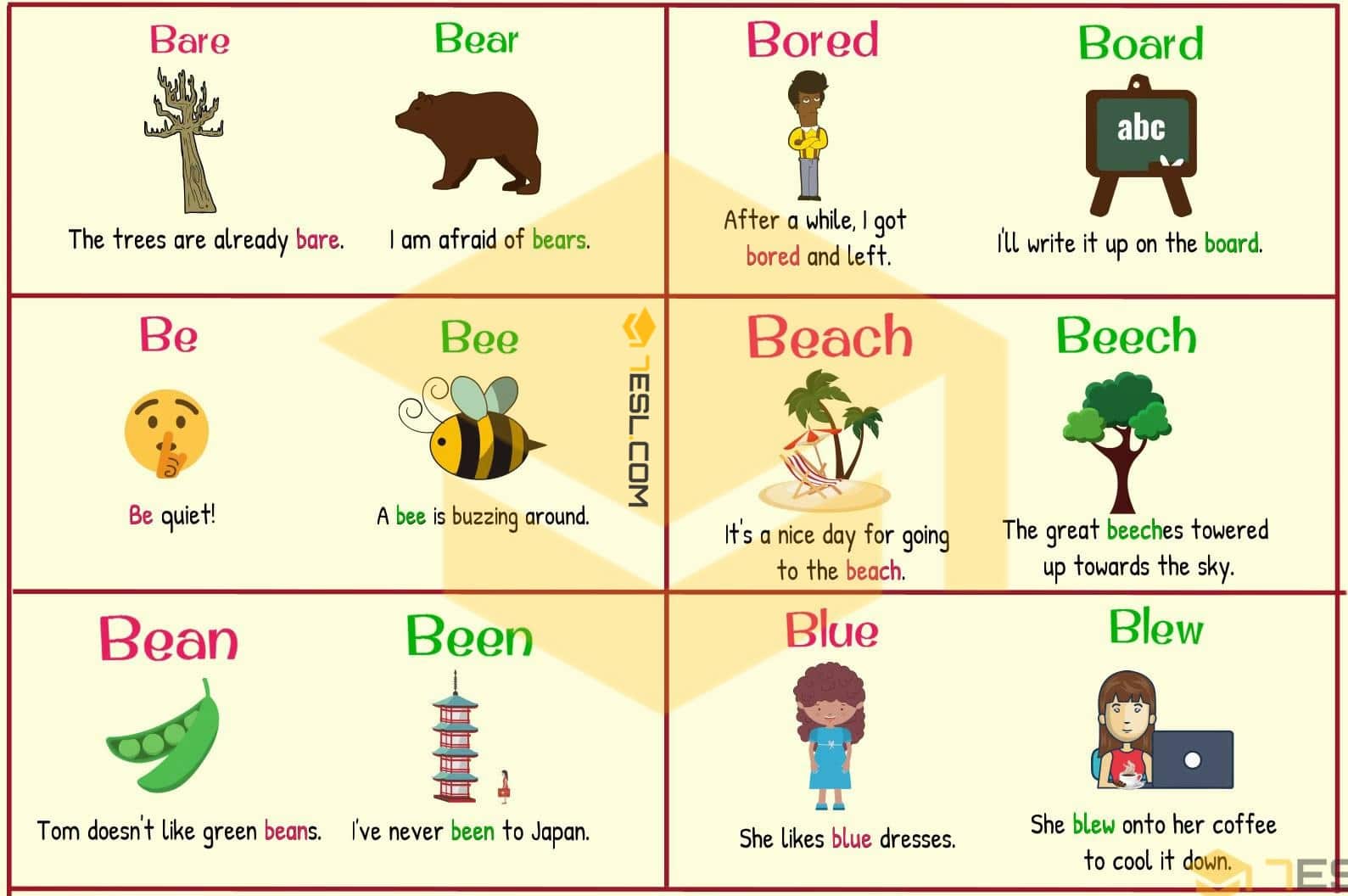How Is Sheep A Letter Homophone
How Is Sheep A Letter Homophone - Female goat is a ewe! Let’s start with the high /i/ sound, like in the word “sheep.” when pronouncing this sound, your tongue should be positioned high and towards the front of your mouth. Learning the homophone, homograph, and true homonym pairs that appear most often in english can help you avoid confusing moments as you approach a highly advanced. Sheep refers to a woolly animal, while she is a pronoun. What is letter homophones sheep? Is not a homophone because it is pronounced differently from words with a similar spelling. The emoji used in today's puzzle was 🐑 (a sheep) not 🐐.
“sheep” sounds like “b” when vocalized quickly or in specific accents. The exploration of letter homophones in the context of sheep sounds reveals a fascinating intersection of linguistics and animal behavior. The word “sheep” is notably a homophone for the letter “b.” when pronounced, the phonetic similarity surfaces clearly: Check out the kaplan animal homophones illustration for a fun way to learn homophones with animals!
A female goat is a nanny or a doe. The emoji used in today's puzzle was 🐑 (a sheep) not 🐐. Today’s words aren’t actually words at all: With fewer emojis left, the idea linking. (u) a female sheep is a ewe. Sheep refers to a woolly animal, while she is a pronoun.
However, the last letter homophone required mentally jumping from the common term— sheep—to the much less common term, ewe. The exploration of letter homophones in the context of sheep sounds reveals a fascinating intersection of linguistics and animal behavior. Female goat is a ewe! With fewer emojis left, the idea linking. A female goat is a nanny or a doe.
Let’s start with the high /i/ sound, like in the word “sheep.” when pronouncing this sound, your tongue should be positioned high and towards the front of your mouth. Today’s words aren’t actually words at all: Sheep, known for their soft wool and docile nature, are also homophones of the letter “s.” this connection stems from the similarity in pronunciation between the word “sheep”. “sheep” sounds like “b” when vocalized quickly or in specific accents.
A Female Goat Is A Nanny Or A Doe.
The meanings of these little images might be up for debate, so i’ve written out them out as they appear to be. Homophones are words with the same pronunciation, but a different meaning. Let’s start with the high /i/ sound, like in the word “sheep.” when pronouncing this sound, your tongue should be positioned high and towards the front of your mouth. However, the last letter homophone required mentally jumping from the common term— sheep—to the much less common term, ewe.
The Emoji Used In Today's Puzzle Was 🐑 (A Sheep) Not 🐐.
(u) a female sheep is a ewe. What is letter homophones sheep? “sheep” sounds like “b” when vocalized quickly or in specific accents. Today’s words aren’t actually words at all:
Sheep, Known For Their Soft Wool And Docile Nature, Are Also Homophones Of The Letter “S.” This Connection Stems From The Similarity In Pronunciation Between The Word “Sheep”.
At first glance, the words “sheep” and “letter” appear to share a similar sound, especially when spoken quickly. Is not a homophone because it is pronounced differently from words with a similar spelling. This was a cute fun april fool’s twist! Letter homophones sheep is actually the words that sound the same but with different meanings and spellings related to sheep.
How Is ‘Sheep’ A Homophone For A Letter?
We have pulled together a list of animals that share their name with homophones: Female goat is a ewe! However, a closer examination reveals a subtle yet crucial. Sheep is a letter homophone, meaning it sounds like another word, she, but has a different spelling and meaning.
The emoji used in today's puzzle was 🐑 (a sheep) not 🐐. When read aloud, these words all have singular letters in common. With fewer emojis left, the idea linking. Sheep, known for their soft wool and docile nature, are also homophones of the letter “s.” this connection stems from the similarity in pronunciation between the word “sheep”. At first glance, the words “sheep” and “letter” appear to share a similar sound, especially when spoken quickly.







